San Francisco – short of time and money.
10,000 Birds
AUGUST 30, 2015
However, my latest trip reminded me that when an out-of-town birder arrives in a strange city (in this case San Francisco ) pertinent information should be to hand. Black Oyster-catchers will usually be found on the rocks too, but this morning each of these species gave their best views in the receding waves.


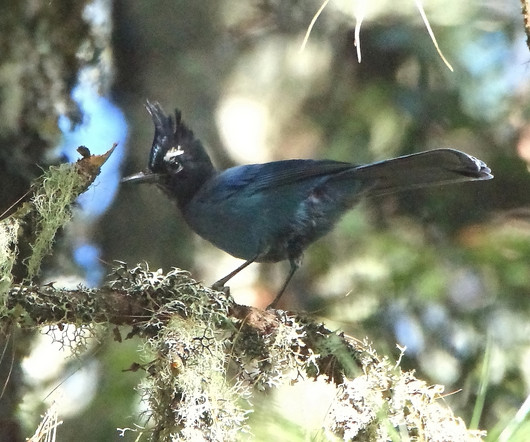

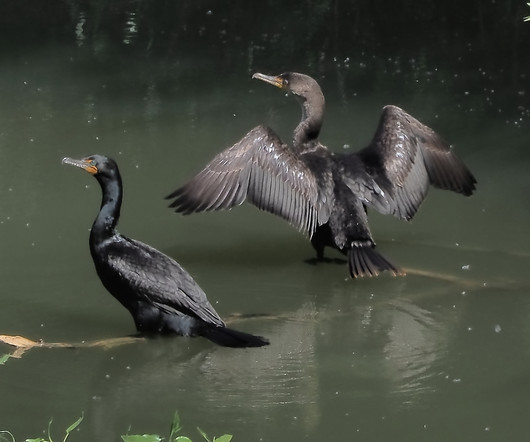
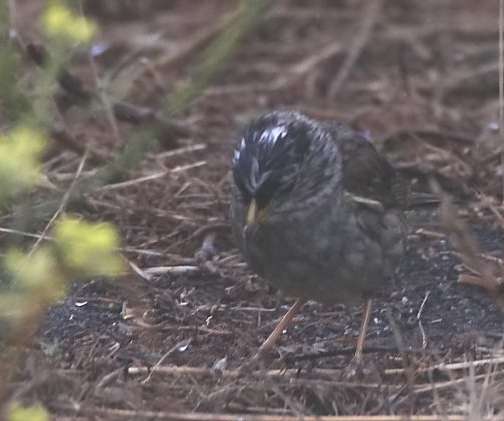

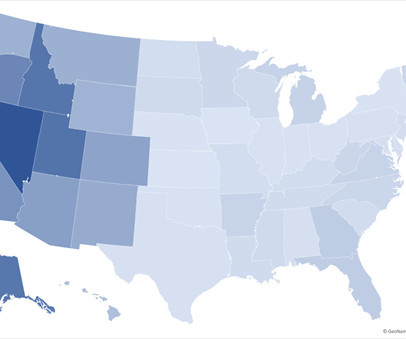

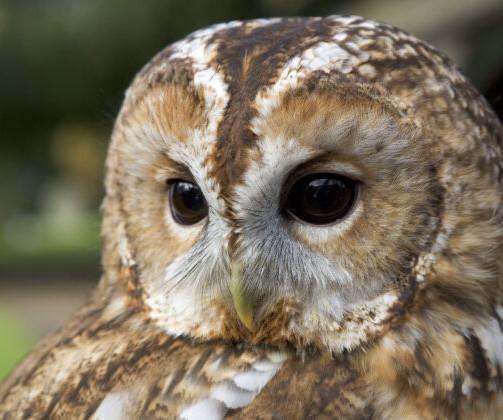
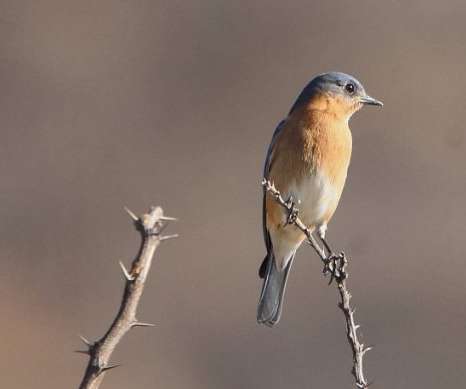

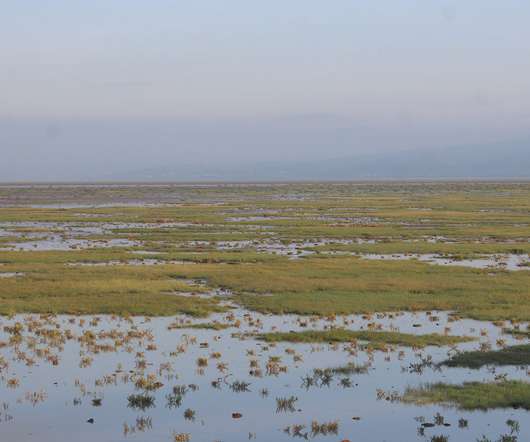

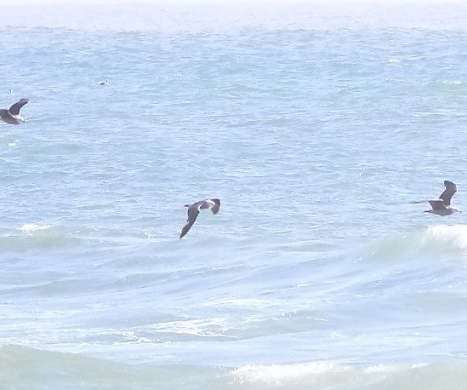
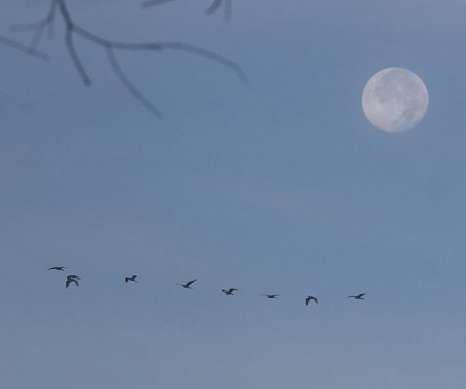



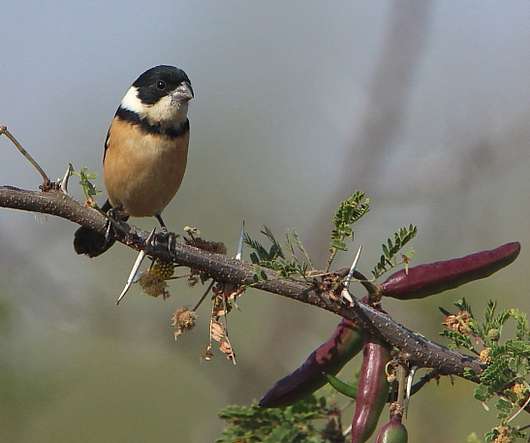




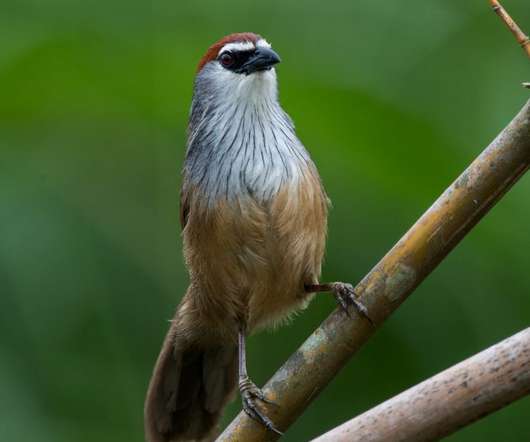
















Let's personalize your content